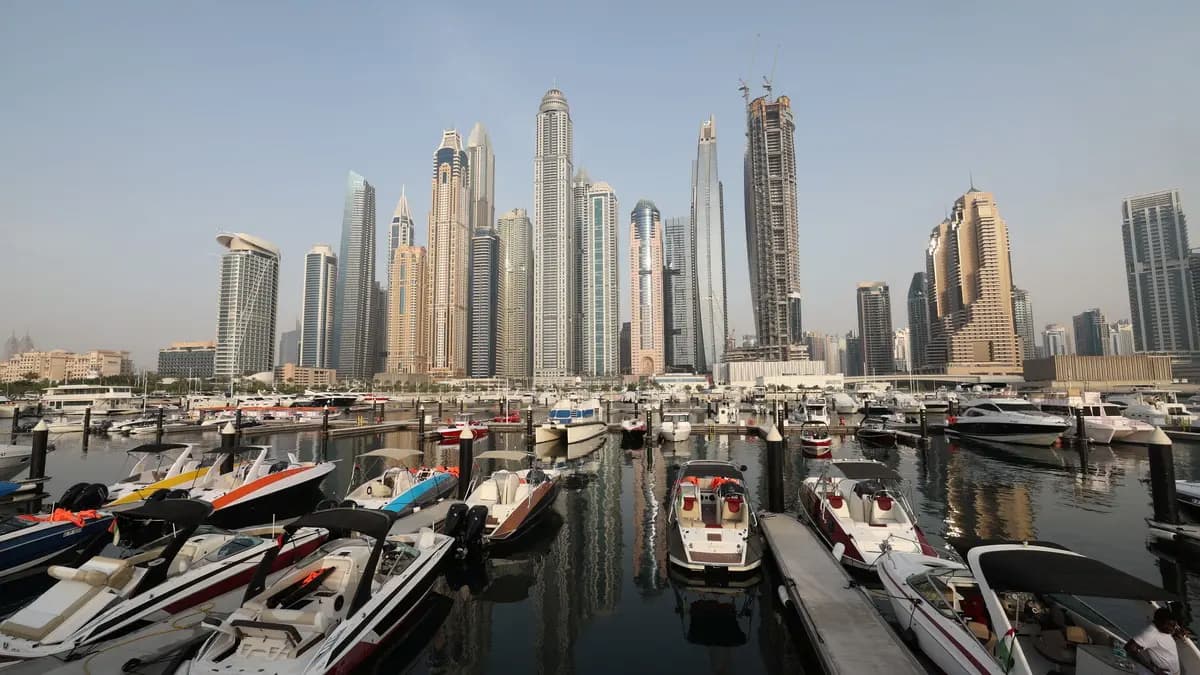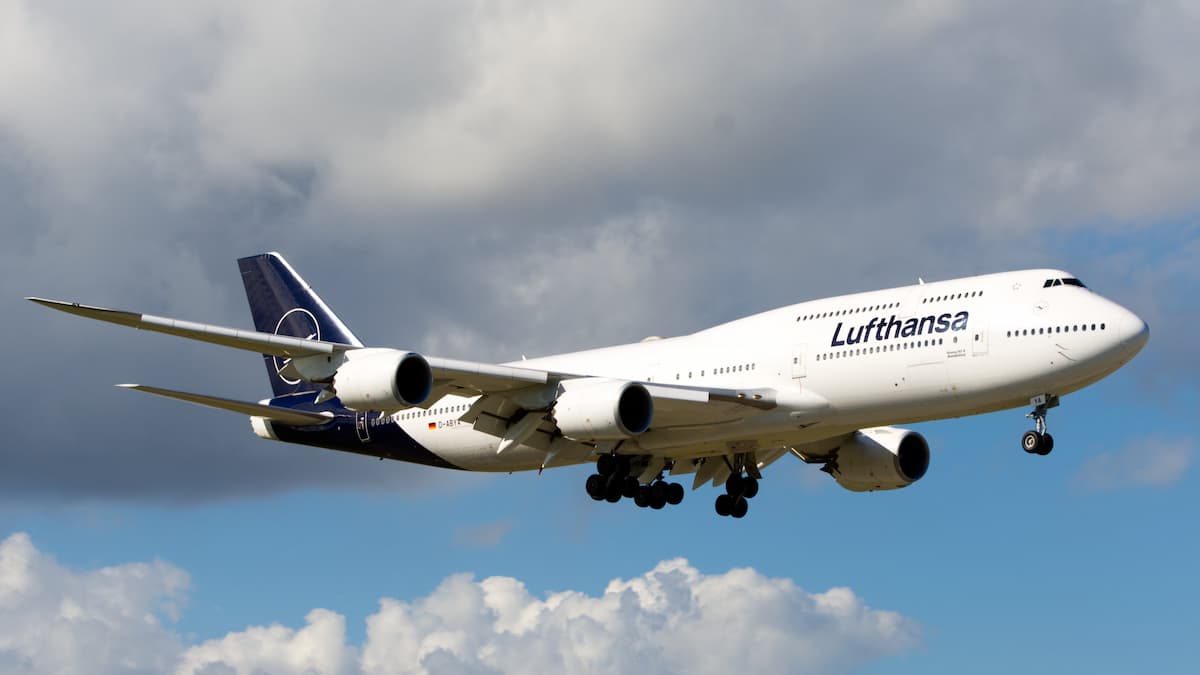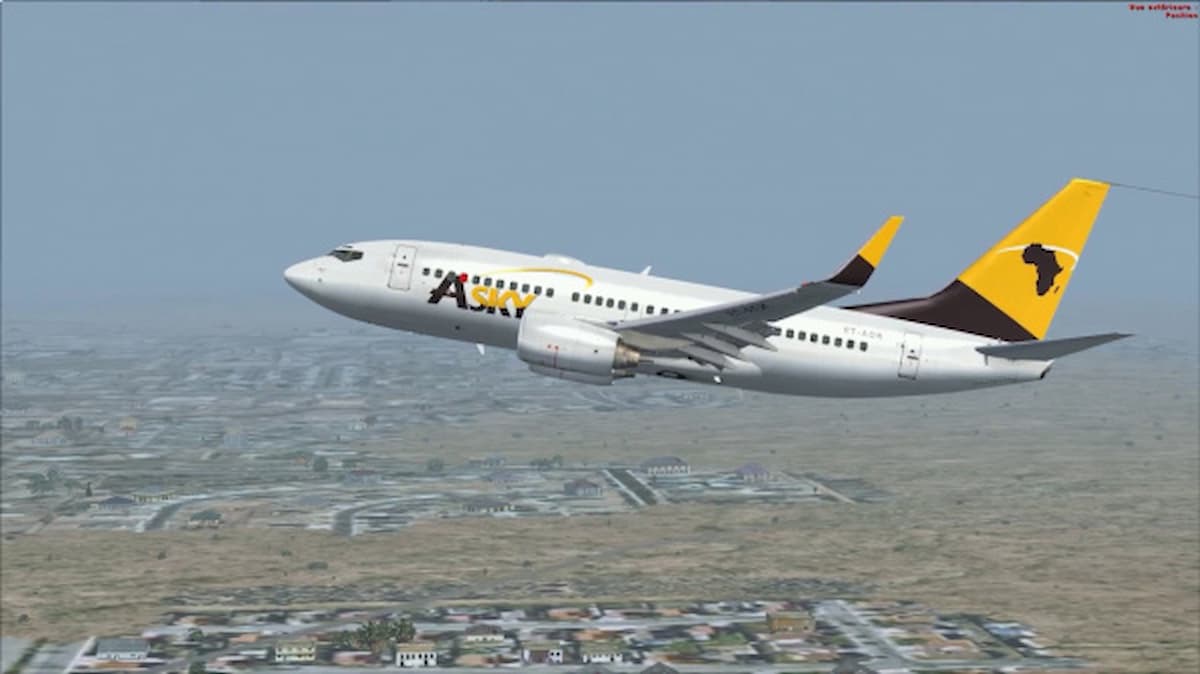The year 2024 will see the opening of 31 new hotels in Dubai, while 2025 is expected to add 16 new hotels to the mix. This translates to a cumulative total of 851 by the end of 2024 and 867 by the end of 2025, a new report from Cavendish Maxwell says.
The emirate kick-started the year with the openings of ‘One & Only One Za’abeel’ (370 keys – Luxury), the ‘Mercure Dubai Deira’ (152 keys – Upper Midscale), and ‘The Lana Dubai Dorchester Collection’ (225 keys – Luxury).
Despite global conflicts and recent regional unrest, Dubai’s economy, driven by key sectors, such as tourism, remained steadfast in its recovery, the report said.
In 2023, the city welcomed 17.15 million overnight visitors, surpassing its previous high of 16.73 million in 2019 and the 14.36 million recorded in 2022.
Moreover, the tourism sector’s GDP contribution is expected to have nearly doubled this year from 2021 to 36.1%, and is forecasted to reach 2019 levels once again, by 2024.
To continue driving the upward trajectory of tourism in the country, the UAE has set ambitious goals in its National Tourism Strategy 2031, aiming to position itself as a top global destination by 2031.
The strategy aims to boost the tourism sector’s contribution to GDP by AED 450 billion ($122 billion), attract investments worth AED 100 billion, and welcome 40 million hotel guests annually by 2031. It also naturally plays into the Dubai Economic Agenda – D33.
In early 2023, the Dubai government unveiled its D33 Economic Agenda, with the goal of doubling the city’s economy within the next decade and solidifying its position among the top three global cities for travel and business. The tools underpinning this initiative are increasing foreign trade and foreign direct investment.
Dubai Tourism’s recent performance and future ambitions have been recognised globally, with the city being ranked as the No 1 global destination in the TripAdvisor Travellers’ Choice Awards 2024 for the third consecutive year.
Additionally, Dubai has been ranked first regionally and sixth globally as the best city in the world in the World’s Best Cities Report 2024. These accolades underscore Dubai’s commitment to tourism excellence and its status as a top global destination.
The growth recorded by Dubai Tourism in 2023 has certainly played an essential role in giving the city’s hospitality and real estate sectors a solid boost.
Dubai’s Airports
All air traffic in and out of Dubai is managed by two international airports: Dubai International Airport (DXB) and Al Maktoum International Airport (DWC).
In 2023, DXB surpassed pre-pandemic levels of passenger traffic, handling 86.9 million passengers. Forecasts suggest that by the end of 2024, this number could reach an estimated 88.8 million, nearing the record high of 89.1 million set in 2018.
Tourism Demand in Dubai
Dubai’s appeal as a tourist destination has been steadily increasing. In 2022, the city welcomed 14.36 million international overnight visitors, marking a 97% increase from 2021 and reaching 86% of pre-pandemic levels.
This upward trend continued into 2023, with 17.15 million visitors, a 19.4% year-on-year increase.
Source Markets for Dubai Tourism
In Q3 2023, India remained the largest source market for overnight visitors in Dubai, accounting for 14% of the total, followed by Saudi Arabia, the UK, and Russia, each at 7%.
Among the top ten source markets, China saw a 304.4% year-on-year increase, followed by Russia at 77.5% and Germany at 49.6%.
Notably, Saudi Arabia and Oman experienced drops in visitor numbers by 5.6% and 24.9%, respectively.
The Supply Side
Keeping up with the rise in tourism levels in Dubai, the hospitality industry has successfully adjusted supply to cater to increased demand. By the first half of 2023, the total number of hospitality establishments in Dubai had risen to 813, with 148,711 keys. Towards the end of the year, the total number of establishments stood at 820, with 149,685 keys ready to welcome guests.
Evolution in Keys
The number of hotel rooms saw a significant increase in 2021, with the largest growth during the recovery period at 8.7%.
Momentum continued in 2022 with a 6.2% increase, reaching a total of 146,996 rooms.
In 2023, there was a more modest increase of 2.2%, bringing the total room inventory to 149,685 rooms.
Room Supply by Hotel Type
Luxury hotel apartments saw the highest room supply increase yearon-year in 2023, soaring by 5.6%. 5 Star hotels experienced a 4.5% growth, while 4 Star hotels recorded a moderate 1.8% increase.
As of 2023, 67% of the current room supply falls within the Luxury, Upper Upscale, and Upscale classes, while the Upper Midscale and Midscale segments account for approximately one-third (27%) of the total inventory.
During the year, approximately 73% of the new supply was in the Luxury and Upper Upscale segments.
Openings in 2023 included Atlantis The Royal, the Cheval Maison, NH Collection Dubai the Palm, and the voco Dubai, The Palm. The Palm contributed approximately 1,600 new rooms to the current supply increase.
In 2024 luxury supply is expected to experience the most significant growth with 12 new openings planned, adding approximately 3,000 rooms.
Mapping Future Supply
Our estimates suggest that 2024 will see the opening of 31 new hotels in Dubai, while 2025 is expected to add 16 new hotels to the mix. This translates to a cumulative total of 851 by the end of 2024 and 867 by the end of 2025.
An important caveat to note is that the 2024 figures do not include projects that have already opened, such as the ‘One & Only One Za’abeel’ (370 keys – Luxury), the ‘Mercure Dubai Deira’ (152 keys – Upper Midscale), and ‘The Lana Dubai Dorchester Collection’ (225 keys – Luxury).
Market Performance
In 2022, occupancy rates at 73% nearly reached pre-pandemic levels at 75%. Dubai nearly reached pre-pandemic levels.
By the end of 2023, Dubai’s hospitality market achieved an outstanding average occupancy of approximately 77%, surpassing pre-pandemic levels for the first time.
Occupancy levels across Dubai increased by 6.4% year-on-year, with the Upscale and Upper Upscale segments noting the largest increases of 7.6% and 6.5% respectively. The Dubai Luxury sector saw an increase of 4.5% compared to 2022.
Average Daily Rate
In contrast to occupancy, 2023 saw market-wide ADR levels stagnating, recording only a minor increase of less than half a percent year-on-year. This is despite Dubai hosting the biannual AirShow as well as the one-off COP28 in November 2023.
The overall market ADR stood at approximately AED 700.
Breaking it down further, the Luxury and the Upper-Upscale segments saw ADR levels dropping by 1.4% and 0.4% respectively, whereas the Upscale and Upper-Midscale hotels experienced increases in ADRs of 5.3% and 3.6% respectively.
ADRs in Dubai saw a compounded annual average growth rate of 5.85% in the period 2018 – 2023.
A Look at Other Emirates – Occupancy 2023
Economic momentum carried forward from 2022 and 2023 saw a surge in demand-driven performance across the Emirates. All Emirates recorded an upswing in occupancy with figures well above the 70% mark. Abu Dhabi Resorts and Sharjah were the exception, achieving just below the benchmark.
RAK recorded the highest level of increase year-on-year of about 20%, with average occupancy reaching 74% (up from 61% in 2022) and surpassing pre-pandemic 2019 levels at 72%.
As per the RAK Tourism Development Authority (Raktda), the Emirate welcomed a record 1.2 million arrivals (+7.8%) and recorded 4.35 million guest nights (+23.2%).
Average Daily Rate by Emirates – 2023
Abu Dhabi’s hotel market recorded an upward trajectory in 2023 with ADR levels increasing by approximately 16% year-on-year.
Contrary to increases in occupancy levels across the Emirates, ADRs declined over the same period between 1.3% to 7.4% respectively.
Source: Trade Arabia.









